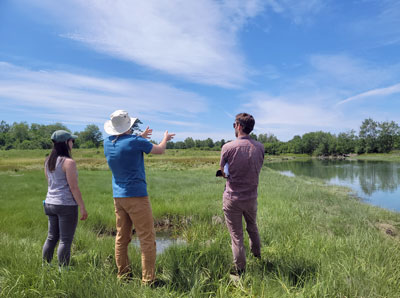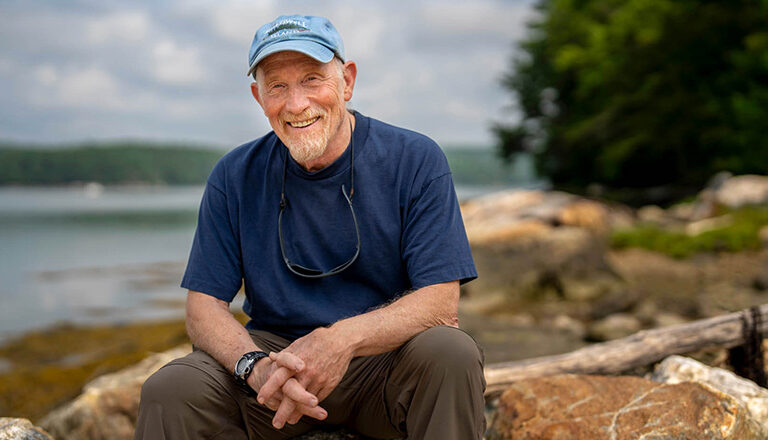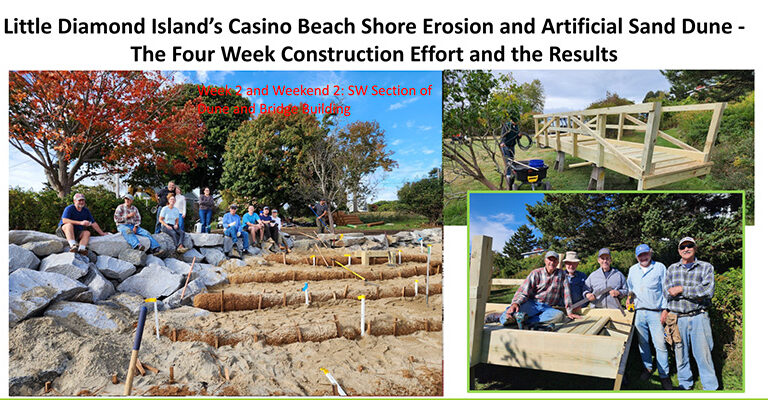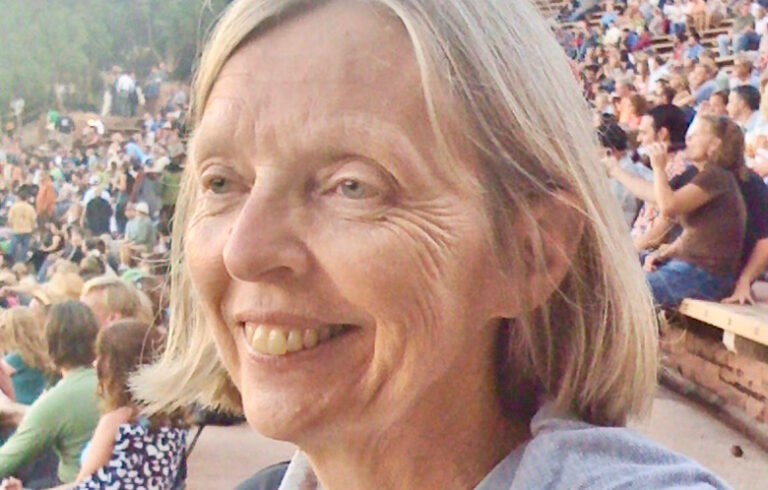On a hot morning in late June, the western shore of Jordan River in Hancock County teemed with wildlife. Osprey and cliff swallows soared over a sea of tall grasses, where bobolinks and savannah sparrows perched atop clumps of alders. Fritillary and crescent butterflies wandered among blooming clover and daisies; deer had worn tracks through the grass. The air smelled of wild strawberries and the salt water that bordered the rolling fields.
Except for the occasional sand pit and numbered granite pillar and low-slung wooden clubhouse at the top of the hill, it would be easy to forget that not too long ago, this land hosted an 18-hole golf course, and before that a dairy farm.
In 1967, local residents, funded by individual donations and a federal government loan, constructed the Jordan River Country Club on 150 acres between Route 204 and the Jordan River, an estuary of Frenchman Bay. It never became the community recreation center they had envisioned.
Over the ensuing decades, various owners continued to manage the site as a golf course. On what was billed as “Maine’s most scenic and challenging 18-hole golf course,” closely clipped greens, separated by trees planted in lines like strands of beads, surrounded a large pond created to provide irrigation for thirsty grasses, to keep the greens, well, green.
For those who consider golf courses symbols of everything wrong with the state of human-nature relations, the idea of “rewilding” is a dream come true.
Undamming that pond is now the core element in Frenchman Bay Conservancy’s plans to restore ecological function of the property, according to the group’s director, Aaron Dority. Funded with $2 million from the U.S. Fish and Wildlife Service National Coastal Wetlands Conservation Grant Program, as well as support from The Nature Conservancy, Maine Coast Heritage Trust, Anahata Foundation, Maine Natural Resource Conservation Program, Broadreach Fund, and private donors, the land trust will reconnect streams to the sea and allow the fringe of salt marsh to expand inland.
The marsh was the primary motivation for purchasing the property in 2023, said Dority. Though relatively rare in Maine, salt marshes play an outsized role in providing habitat for fish, birds, and other wildlife while keeping water clean, protecting uplands from storms, and storing carbon. Marshes are also at risk of disappearing beneath rising seas.

“This is a place where we could support marsh migration,” he said, explaining the project to staff members Chrissy MacKinnon and Mike Whittemore as they walked along the earthen berm that separates fresh water from salt water.
A defunct culvert stuck out from the side of the berm, the pond’s exit channel eroded by recent storms. In August, work will begin to remove bridges and culverts from beneath old fairways, uncovering long-buried streams.
“We’ll let forest regrow over most of the greens, but we’ll also maintain some area as open meadow to sustain birds as well as bees and other pollinators,” said Whittemore. The land trust is working with Maine Department of Inland Fisheries and Wildlife and U.S. Department of Agriculture Natural Resource Conservation Service to assess wildlife habitat.
Back in 1967 when the Jordan River Country Club was created by Charles Katsiaficas and Kenneth Blaisdell and other locals, it was open to tourists but was meant primarily to serve Hancock County residents. Frenchman Bay Conservancy has similar intentions. It has retained access for marine worm harvesters to more than one mile of coastline and plans to create accessible trails so that more people can experience the place. The gentle slopes and grass foundation are well-suited to trail construction, said MacKinnon.
For those who consider golf courses—with their sterile, sculptured terrain of imported plants constantly mowed and sprayed with chemicals—to be symbols of everything wrong with the state of human-nature relations, the idea of “rewilding” is a kind of dream come true. But a golf course is still green, open, unpaved space.
Because the land was a golf course, said Dority, it remained intact and retained the possibility of once again becoming forest, stream, and salt marsh.
“Rather than demonizing the property, we want to help people see something different in the land,” said Dority.
The groundcover may be imported but it is nevertheless alive and growing. The soil may have chemical residue from years of fertilizer and pesticide treatments, but it is still soil, layered and deep. Native plants and trees, kept as screens and scenic backdrops, flourish around the edges.
Standing amid the waist-high wildflowers, looking out at fish jumping from the sparkling turquoise waters of the Jordan River, the team did not have to work too hard to, once again, imagine the property as a community resource.





